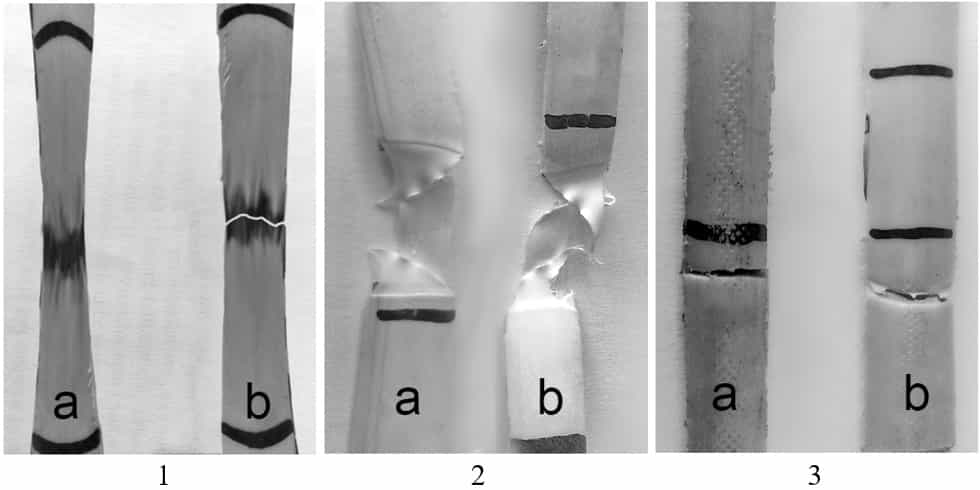Table 1 – Results of average elongation of samples after thermal cycles

Авторы: K. Venzhega, A. Shtykhno, V. Romanko
Источник: Young scientists’ researches and achievements in science = Научные исследования и достижения молодых ученых: материалы научно-практической конференции для молодых ученых Донецк, 20 апреля 2023 года / под общей редакцией Е.Н. Кушниренко. – Донецк: ДонНТУ, 2023. – Систем. требования: Acrobat Reader. – Загл. с титул. экрана. – С. 323-327.
Abstract. The report presents the results of tests of samples of polypropylene pipes for elongation and rupture after thermal exposure. Corrosion resistance tests are expected to be performed to improve performance.
Keywords: polypropylene, reinforcement, fiberglass, pipes, structure, polymers, properties.
Reinforced pipes made of polypropylene are now gaining more and more popularity all over the world for heating and water supply systems, along with pipes made of steel or cast iron.
Polypropylene is a more advanced modification of its predecessor - plastic. Due to its structural component, this material is not afraid of damage from exposure to alkaline or saline solutions, is resistant to acidic environments, elevated temperatures, and is also completely dielectric , which makes it in demand in various industries.
The object of the study are samples of polypropylene pipes with different reinforcing layers, operating at elevated temperatures.
The use of polypropylene pipes without a reinforcing layer contributes to a significant increase in the coefficient of linear thermal expansion with an increase in the temperature of the transported liquid under pressure, and, as a result, to deformation (warping). The high linear temperature coefficient of expansion of a pipe describes its full elongation with a change in the temperature of the coolant.
Reinforcement of pipes with materials with minimal values of the expansion coefficient makes it possible to obtain end products that will differ not only in improved physical and mechanical properties, but also in the price category [1].
The relevance of the work is due to the search for the most technologically advanced and corrosion-resistant reinforcing layer for polypropylene pipes, which will ensure their durability and reliability, and will also be economically feasible for the installation of systems.
The aim of the work is to study the effect of corrosive environments on the reinforcing layer of polypropylene pipes, the effect of thermal cycling on the linear dimensions of pipes and their mechanical properties.
The results of the influence of thermal cycling on the elongation of samples of polypropylene pipes without a reinforcing layer, reinforced with glass fiber and separately with aluminum are shown in Table 1.
Table 1 – Results of average elongation of samples after thermal cycles

When analyzing the results of Table 1, it can be seen that the elongation of pipes during thermal cycling depends on which reinforcing layer is used in their production. So, for polypropylene pipes reinforced with aluminum, the change in the elongation value per 1 meter of the pipe is 0,2 mm, and for pipes with a fiberglass reinforcing layer – 0,18 mm. The heating temperature has a significant effect on the elongation of polypropylene pipes without a reinforcing layer, which leads to buckling of the pipeline.
The results of mechanical tests of samples of polypropylene pipes for tensile strength are shown in Table 2.
Table 2 – Results for rupture of samples of polypropylene pipes

Table 2 shows that after thermal cycling of reinforced pipe samples, they elongate by 20-28 %, but not as critical as in the case of polypropylene pipes without a reinforcing layer, when the relative elongation ẟ is 55-115 %. With an increase in the heating temperature, the plasticity of polypropylene decreases, which makes it more brittle. For polypropylene pipes reinforced with aluminum and fiberglass, heating has little effect. Thermal cycling also does not have a special effect on the strength properties. These characteristics remain almost at the same level, which can be seen on the samples during the tensile test.
Figure 1 shows samples of polypropylene pipes after mechanical tensile tests.

Figure 1 – Samples of polypropylene pipes after tensile tests: 1 – pipes without a reinforcing layer, 2 - reinforced with aluminum, 3 - reinforced with fiberglass;
a – sample without heating; b – sample after cyclic heating to 95 °C
As can be seen from Figure 1, the reinforcing layer has a significant impact on the properties of polypropylene pipes under the influence of temperatures. When testing metal-plastic samples for rupture, the aluminum layer was first torn (Fig. 1.2a - 1.2b), since the adhesive layer, under the influence of heat, was subjected to loss of binding properties, which indicates a less integral design of the pipe layers. Glass fiber reinforced samples (Fig. 1.3a - 1.3b) did not elongate for a long time, like polypropylene without a reinforcing layer (Fig. 1.1a - 1.1b), and broke, which indicates a strong connection of the layers.
Corrosion testing of polypropylene pipes with different reinforcing layers is expected in the foreseeable future to identify the best candidate among the reinforcing fillers.
1. Сиренко Е. Р. Применение полипропиленовых труб в промышленном водоснабжении [Текст] // Известия ТулГУ. Технические науки. 2020. №6.